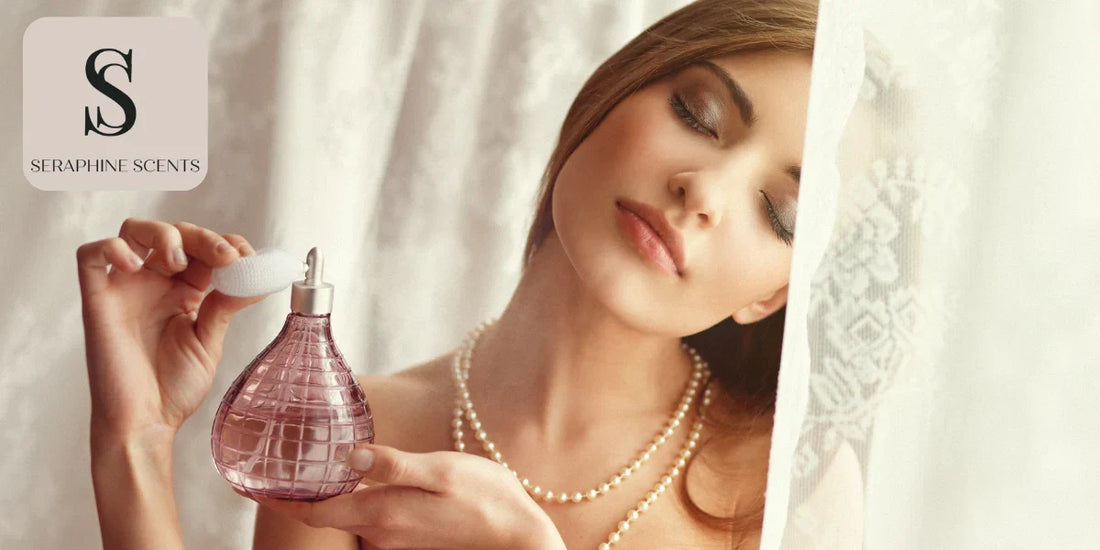
Behind the Spritz: How Perfume Is Made from Start to Finish
Ever stopped to think about what goes into the bottle of perfume sitting on your vanity? The answer is part science, part art, and entirely captivating. In this blog, we walk you through how perfume is made—from harvesting raw materials to bottling the final scent. Understanding this process not only deepens your appreciation for fragrance, but also helps you make smarter, more informed purchases.
Whether you're a perfume enthusiast, an aspiring perfumer, or simply curious, this educational guide will leave you amazed by what’s behind every spritz.
1. Sourcing the Raw Materials
Perfume starts with nature—or sometimes, a lab. Raw materials are gathered from plants, fruits, woods, resins, animal sources (in traditional perfumery), and synthetic compounds. Each source plays a unique role:
- Botanical extracts: Rose, jasmine, sandalwood, patchouli
- Spices and resins: Myrrh, frankincense, cinnamon
- Synthetics: Used to replicate rare or banned materials and ensure consistency
Some raw ingredients require months or years to mature before they’re ready to be used in perfumery. This stage is labor-intensive and can be one of the most expensive parts of the process.
2. Extraction Techniques
Once harvested, the fragrant elements must be extracted. Several methods are used depending on the material type:
- Distillation: Commonly used for essential oils like lavender and eucalyptus
- Solvent Extraction: Ideal for delicate flowers like jasmine or tuberose
- Expression: Best for citrus peels like bergamot or orange
- CO₂ Extraction: A newer, cleaner method that uses carbon dioxide
The result is essential oils, absolutes, or resins—all concentrated fragrance components used in blending.
3. The Art of Blending
This is where magic meets mastery. Perfumers, often referred to as “noses,” use their trained sense of smell to blend top, heart, and base notes into a harmonious composition.
Think of it like composing music—each note must be balanced and timed:
- Top Notes: First impression—citrus, herbs, light florals
- Heart Notes: The character—roses, spices, green leaves
- Base Notes: The lasting trail—woods, musk, vanilla, amber
Blending takes months of trial and error. Even the temperature, environment, and instruments can affect the outcome.
4. Maturation and Maceration
Once blended, the fragrance is allowed to age. This aging process is called maceration, where the oils meld and develop depth and complexity. It’s similar to letting fine wine mature. Depending on the formula, this could take weeks or even months.
During this phase, alcohol (usually ethanol) is added to dilute the concentrate into its desired strength—eau de toilette, eau de parfum, or extrait.
5. Filtration and Quality Testing
After maturation, the mixture is chilled and filtered to remove impurities or particles. This step ensures the perfume looks as refined as it smells. Each batch goes through quality control to test consistency, color, clarity, and scent profile.
6. Bottling and Packaging
Finally, the finished fragrance is bottled. This stage includes selecting the perfect bottle, pump, and packaging to protect the perfume and reflect the brand’s identity.
Many luxury brands invest heavily in custom-designed bottles to create a memorable visual and emotional experience for their customers.
Why It Matters to You
Knowing how perfume is made helps you appreciate why some scents cost more than others, why certain ingredients feel rare, and how to spot authentic craftsmanship. It also empowers you to select fragrances that align with your values—whether you prefer natural ingredients, sustainable sourcing, or artisanal quality.
At Seraphine Scents, we take pride in offering authentic designer perfumes crafted with care and artistry. Whether you’re starting your collection or adding a new favorite, explore our best-selling fragrances and affordable luxury finds to find the perfect match.
Conclusion: Every Spritz Tells a Story
Behind every elegant spray is a world of chemistry, artistry, and dedication. From petal to bottle, perfumery is a journey of transformation. The next time you wear your signature scent, you’ll know the beautiful story behind it.
Want to learn more? Share this blog with fellow fragrance lovers or bookmark it as your guide to the world of perfume creation.

